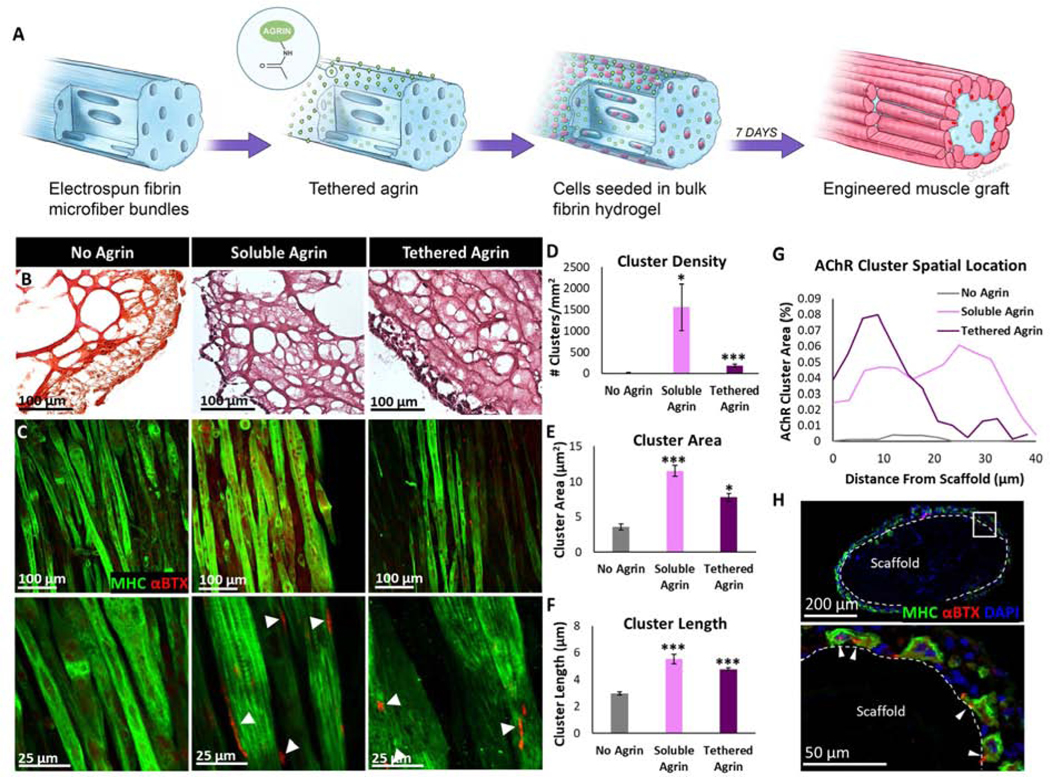Figure 1. Soluble and tethered agrin increased acetylcholine receptor clustering with spatial effects in 3D muscle constructs.

A) Schematic illustrating agrin tethering and cell seeding on electrospun fibrin microfiber bundles. B) Masson’s Trichrome stain of cell-seeded scaffold cross-sections demonstrating differences in crosslinking density in tethered agrin scaffolds. C) Aligned myotubes positive for myosin heavy chain (MHC; green) in all groups exhibit AChR clusters positive for α-bungarotoxin (αBTX; red) in agrin treatment groups. D) Density of AChR clusters is significantly increased in agrin treatment groups. E,F) The area and length of individual AChR clusters in agrin treatments groups was significantly higher than clusters in constructs with no agrin. G) Cross-section of cell-seeded tethered agrin scaffold immunostained for MHC and αBTX demonstrating the spatial location of AChR clusters at the scaffold surface. H) The spatial location of AChR clusters differed significantly between groups: tethered agrin induced clusters close to the scaffold surface while soluble agrin induced AChR clusters independent of distance from the scaffold surface. *: p < 0.05; ***: p < 0.001
